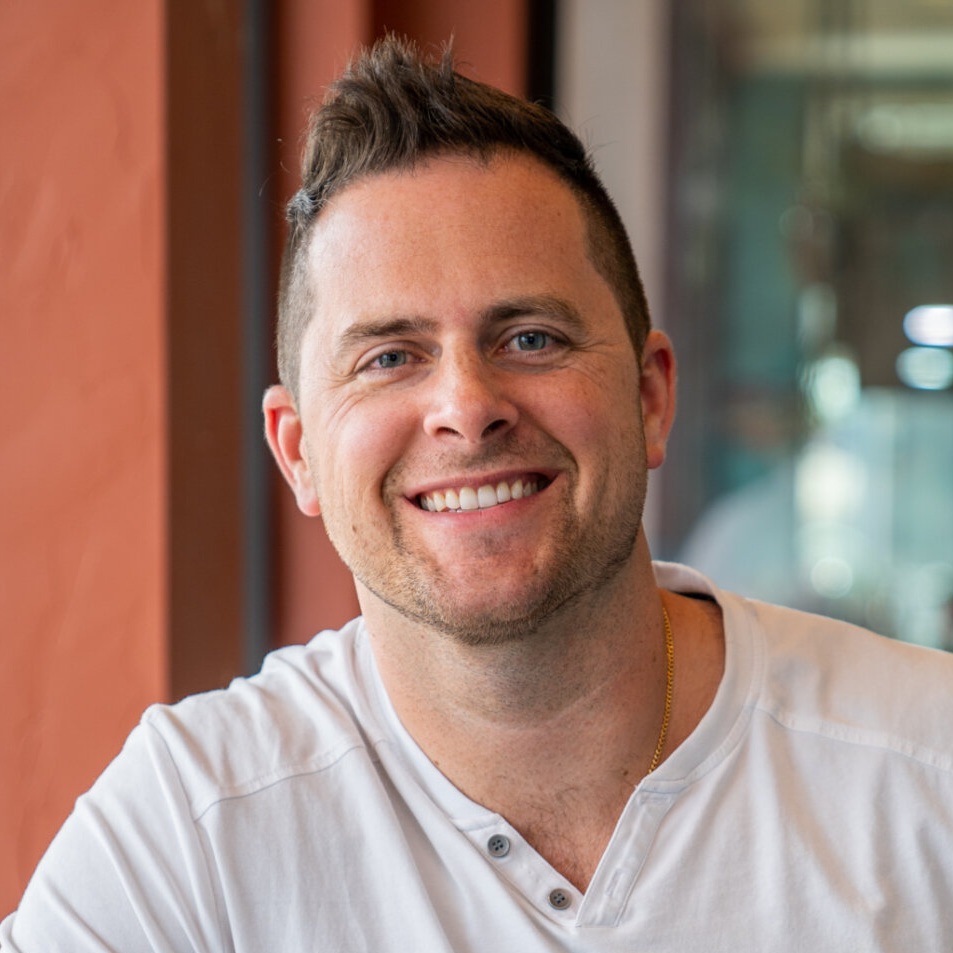Is it possible to get a design patent from the USPTO for a form-fitting silicone cover made for a device that’s already patented?
Good question, and a tricky one.
Let’s use a familiar example: AirPods. Apple owns several utility and design patents. Those cover not just how they work but how they look, the curves, the proportions, the overall shape.
If you’re making a cover for them, your main concern is infringement. You’d want to get an infringement opinion from a patent attorney before you go too far. Because even if your cover is just an “inverse” of Apple’s design, it can still run close to their protected look.
To qualify for your own design patent, your product must be visually new, not just a slightly tweaked version. Changing color or texture isn’t enough. You’ll need to show clear, noticeable differences in shape or form, like new folds, ridges, or contours that create a different overall impression.
When filing a design patent, your drawings matter most.
- Solid lines show what you’re claiming.
- Dotted lines show what’s not claimed but provide context.
So yes, if you show your silicone cover on an AirPod using dotted lines, that’s okay. It shows how your design is used, without claiming Apple’s product itself.
One important thing: the USPTO doesn’t check for infringement. They only decide if your design is new. So, even if you get the patent, you could still infringe on someone else’s rights. That’s why clearance work upfront matters.
It’s similar to trademark law. Clients often think registration means full ownership, but that’s not always the case. Registration and infringement are different issues.
Now, practically speaking, accessories like phone cases or silicone covers are everywhere. Most companies that make them are in the clear as long as they’re not copying the original device. There’s a whole market built on that idea, just think of all the third-party phone cases out there.
Actually, some accessory makers even get early access to device specs under NDA, so they can prepare designs before launch. It’s a huge part of the industry.
Let me share a quick story.
One of our clients built a successful e-commerce brand years ago. After stepping away from it, he left his site online. A few months ago, he found that someone in China had copied his brand, images, and logos, and was selling on Amazon under his name, making hundreds of thousands in sales.
Unbelievable, right?
We’re helping him figure out if it’s worth pursuing. He might recover what’s left in Amazon’s seller account, maybe six weeks of sales, but beyond that, it’s tough to collect damages overseas. Still, if we can help him reclaim that storefront, it’ll be a solid win.
It’s a reminder that protecting your designs early matters because once something’s successful, it won’t take long before someone tries to copy it.
